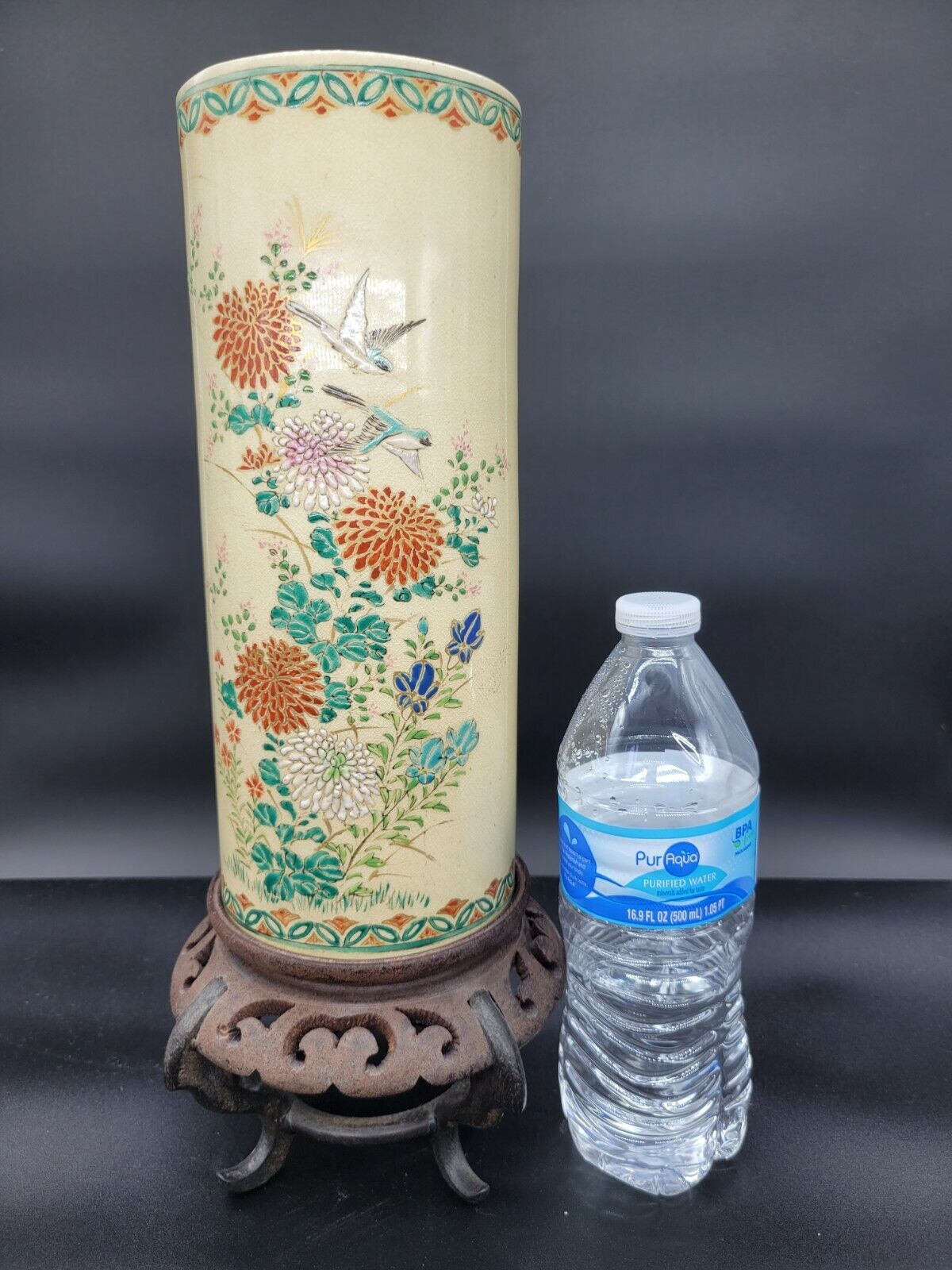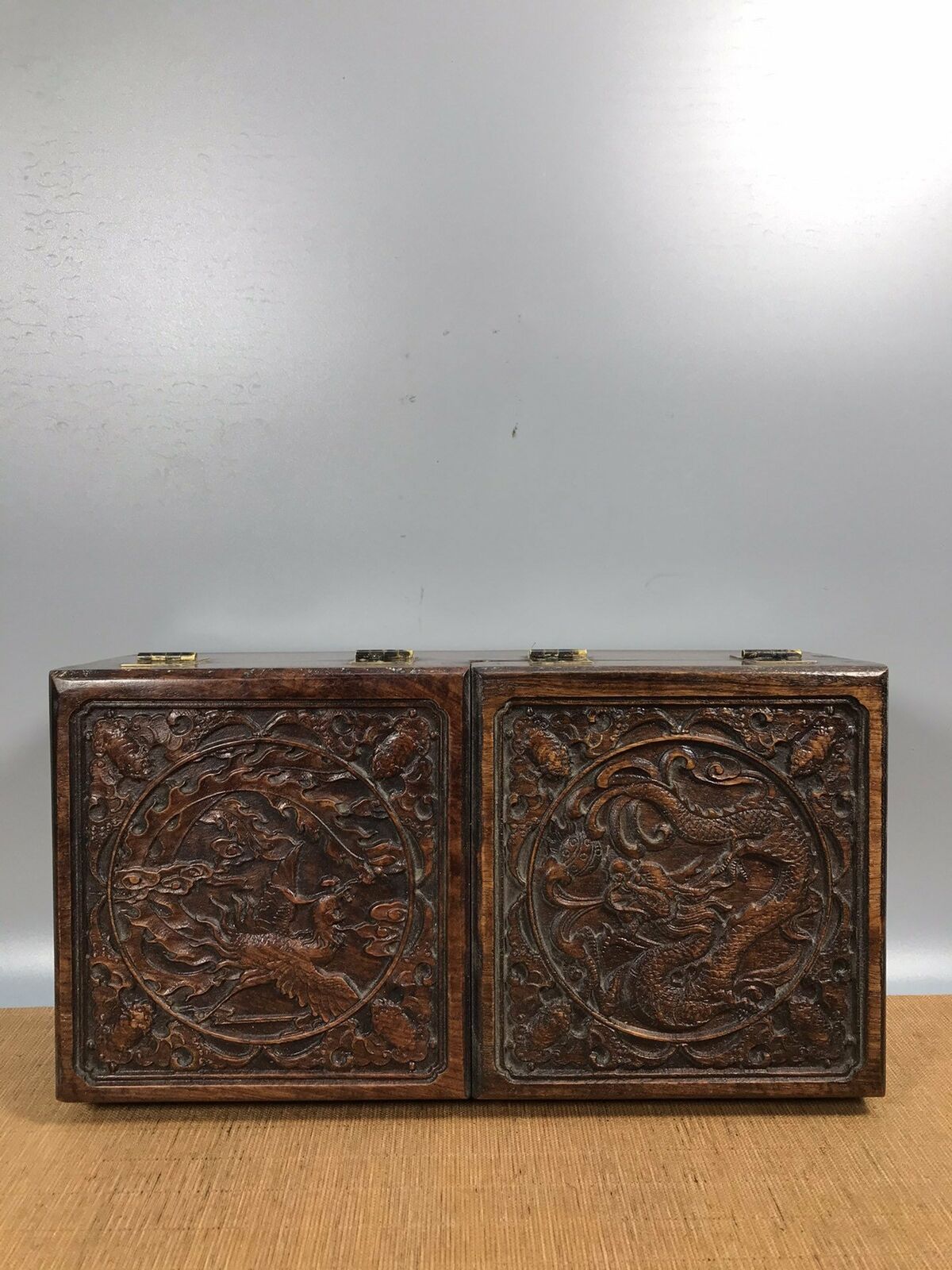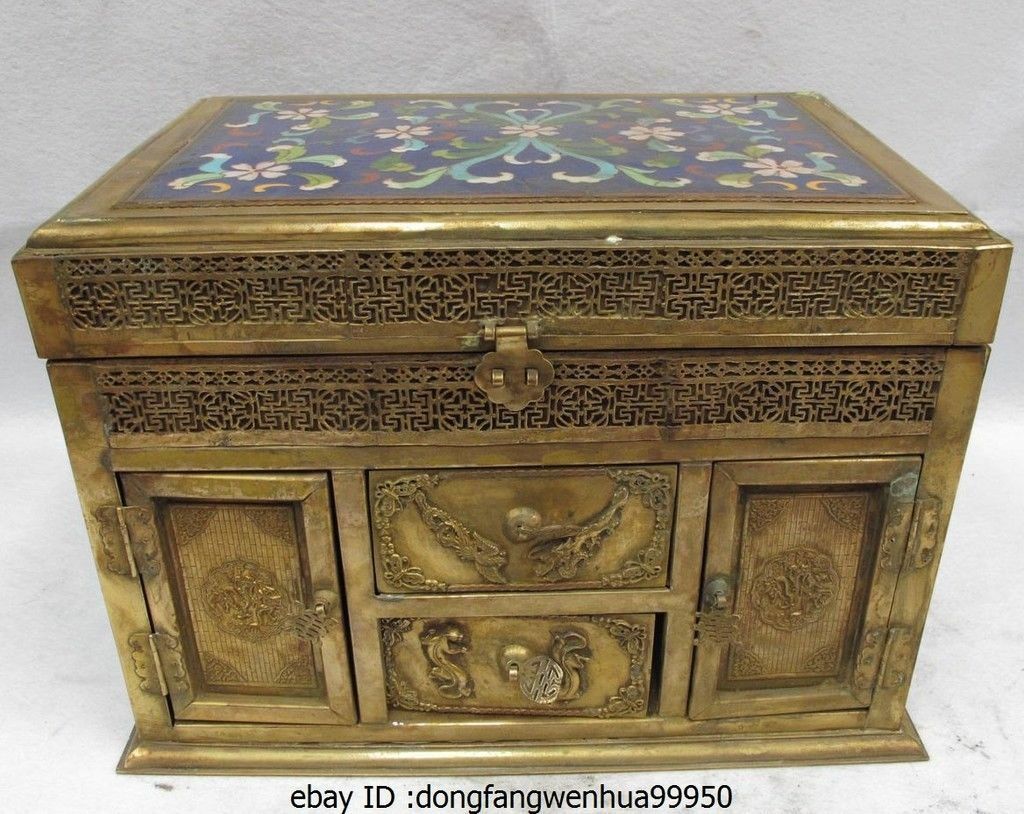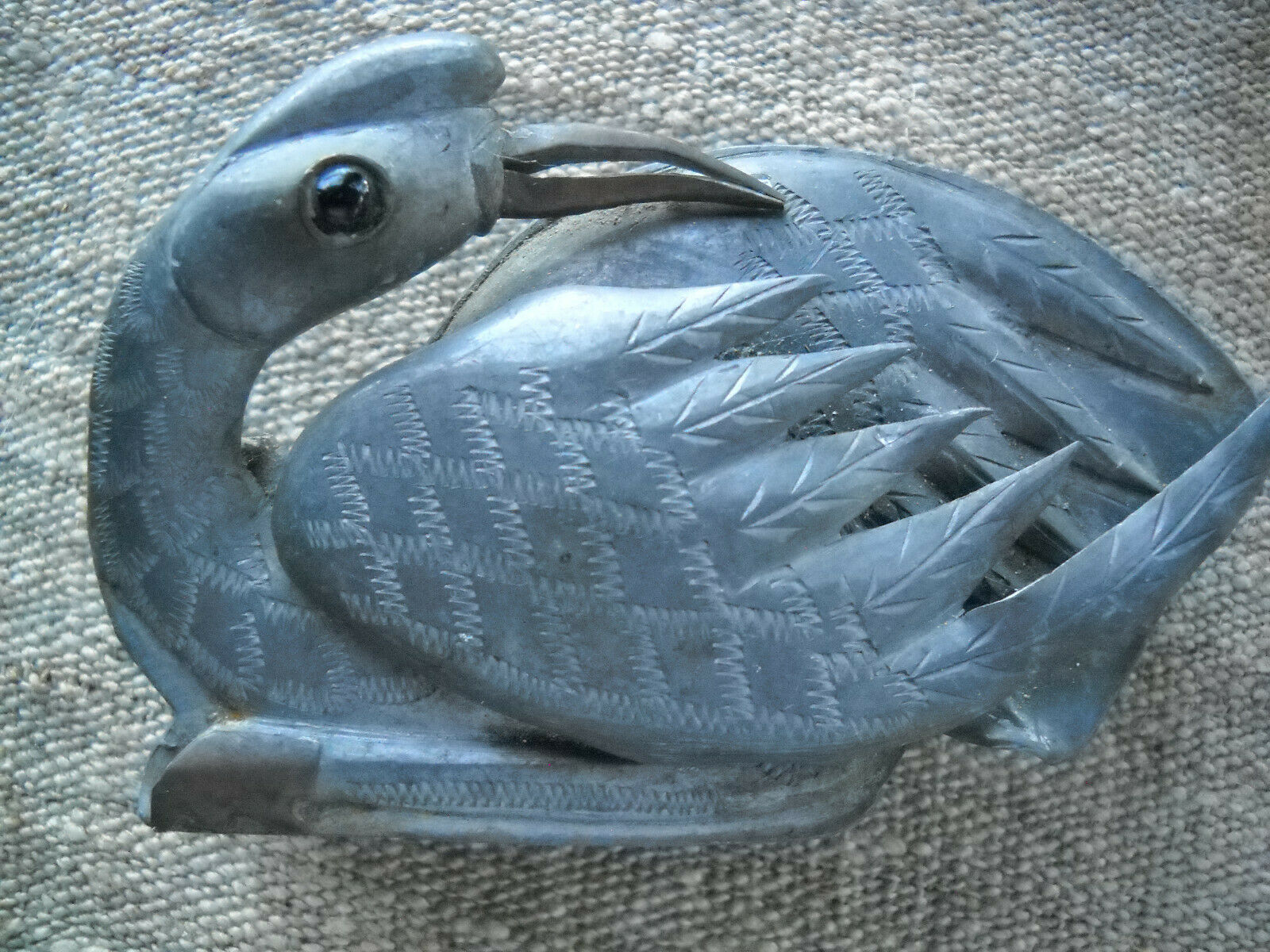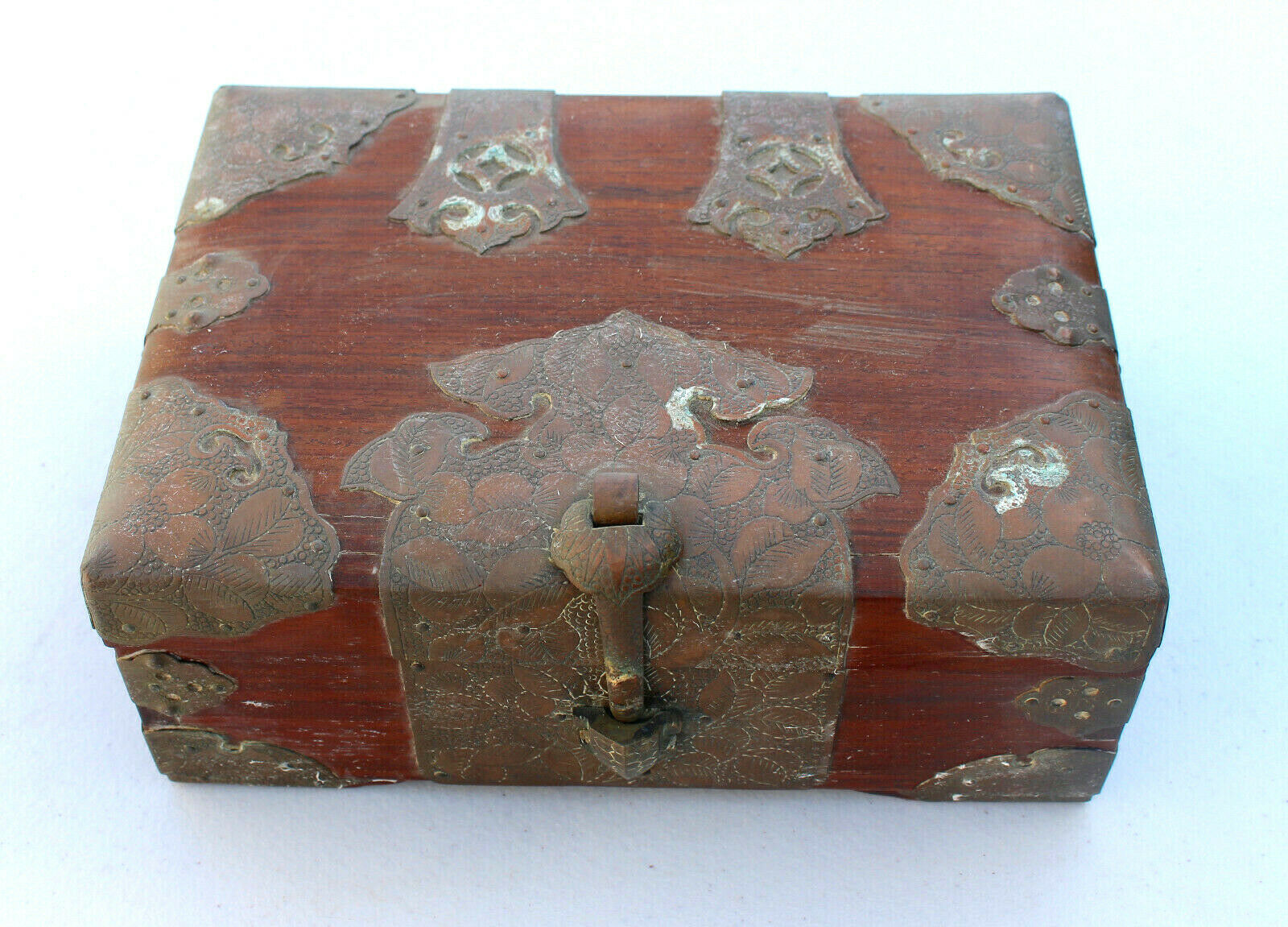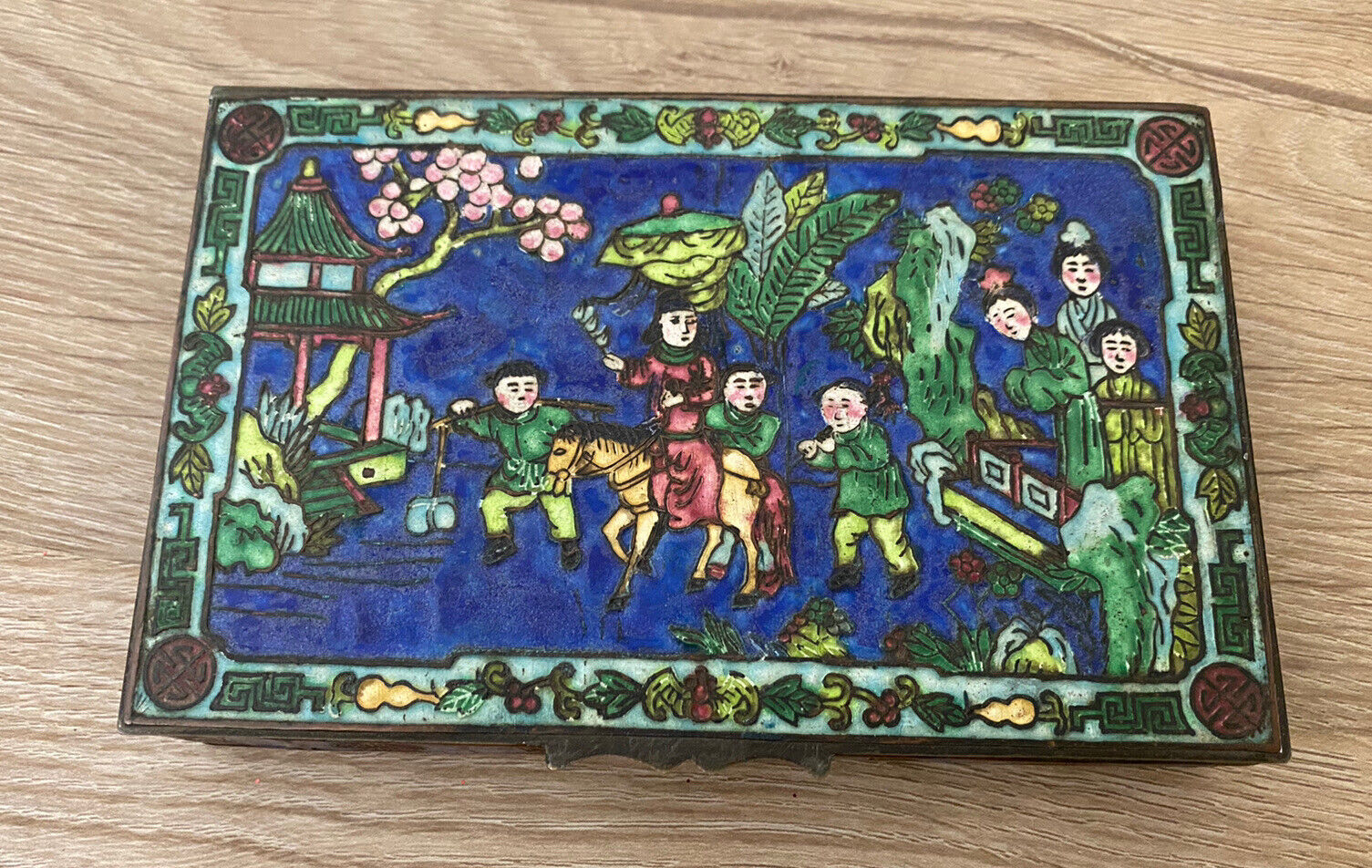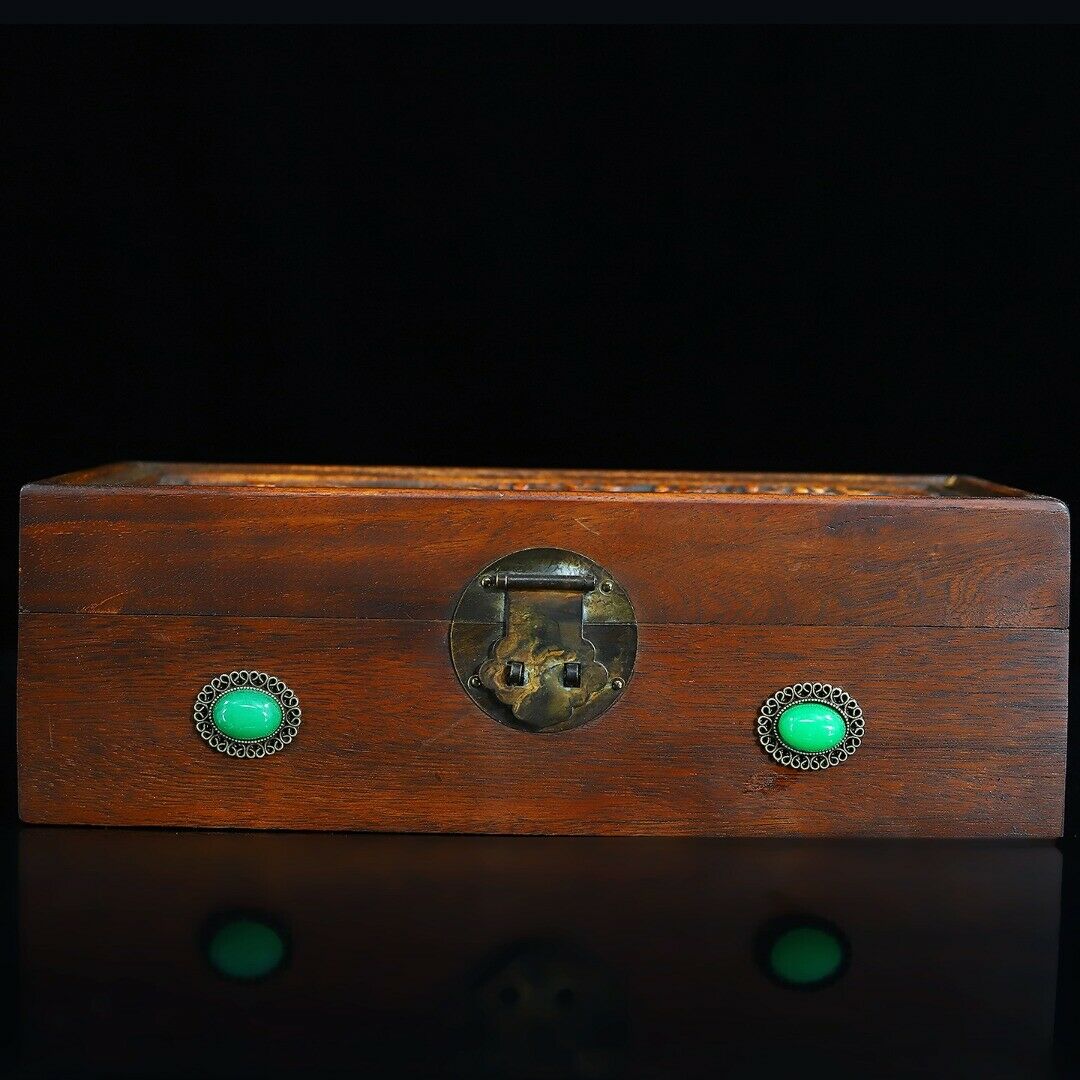-40%
Japanese antique Awata Kyo-yaki Satsuma vase brush pot Meiji by Kinkozan 錦光山
$ 153.11
- Description
- Size Guide
Description
NO RESERVE______________________________________________________________________________________________________
This Japanese antique Awata Kyo-yaki Satsuma Vase or brush
washer
Pot made by Kinkozan 錦光山 studios
for export during the Meiji period of 1868-1912.
Kinkozan was a very famous potter and during the Meiji period opened studios with a great number of export ware pieces. Still, he is well know and his designs cover a vast range of designs,
some transitioned by time. It is a Satsuma piece, and the Kyo-yaki made items are different in style than other Satsuma ware with the heavy gold trim. Still. they are very fine and beautiful. It is handmade,
this one is made in the style of a European or Western coffee or chocolate pots. It has a very nice style with elegantly curved spout and handles and a nice finial which is the small piece on the top of the lid.
It has a beautiful cream colored Satsuma background. It is multi-color hand painted by the artist with great detail and talent. It is painted in many different colors with fine overglaze enamels.
It is hand signed with the Kinkozan name on the side. The two dots on the bottom almost look like an out of focus impressed mark as many of these styles of Kinkozan pieces have, but they are not.
They appear to be drops of paint. It is in excellent condition with no cracks or chips. Please check out our other similar Kinkozan pieces. A fine piece by Kinkozan.
Made by Kinkozan 都錦光山 and History
the following are excerpts from several different resources including Gotheborgs, Wiki, and a blog in Japan
Kinkozan was one of the most famous potters and his pottery highly sought after. The family was a famous family of Kyoto potters. These same three pieces are the type that are
among some of the higher quality pieces of Kinkozan made. Numbering was also an indication of the important of a piece in a personal collection.
Kinkozan is a family of ceramicists active in Kyoto, established by Kinkozan Gen'emon in mid 17th century. At first the family produced utilitarian commodities, later moving on to ceramics for chado- tea ceremony.
The Kinkozan family of potters were active from 1645 until 1927 after which the factory closed. The background is that approximately around 1875 Kobayashi Sobei of 1824-84,
artist name Kinkozan IV, started to export his products together with the Kyoto manufacturer Taizan VIII. The market was in particular America.
Their main production period were approximately between 1875-1927 under the leadership of Kinkozan V 1868-1927.
In 1872 the well-known and important Kyoto manufacturer Taizan VIII started to export of their products together with Kinkozan IV. See more history about Taizan on the Gotheborg site.
Some styles of Kinkozan was only made for a short period of time during the Meiji period and specifically for import, for both Satsuma and Kinkozan company. Originating with the hometown of Kyoto,
the history of Kinkozan dates back much further to the 1700's. Some signed pieces of Kinkozan signed are very valuable from the 18th-19th century.
During the 19th Century they made porcelain and pottery art specifically for European import.
Translated from a site in Japan about Kinkozan Porcelain This pottery is the name of a Japanese family of potters who worked with the late 19th century near the Satsuma went on.
Crockery of Kinkozan is very similar to Satsuma, and they are easily confused. The products there are additional touches such as medallions and inlay, often with images of miniature domestic scenes.
A generous coating of gold leaf. Flower vases, vessels for incense, decorative panels Porcelain is usually signed by the artist. The places where the items were made were often called workshops,
including letting students try their hands at making pieces.
From Gothbergs: Pieces manufactured in Awata near Kyoto, after the Edo period, are called Kyoto Satsuma. Later on, Satsuma style wares was also produced in Yokohama and Tokyo.
The paste and glaze is probably the same as on Satsuma ware while the style of decoration is different. Sandra Andacht, in her Treasury of Satsuma book, quotes a 19th century visitor to the Kinkozan factory,
saying that "the same glazed pots were decorated in two styles, the one being called Kyoto or Awata ware, and the other Satsuma".
_______________________________________
1, Please make sure you will pay, we will blocker buyer who does not pay for future auctions.
2, If you have any questions Regarding the listed items, please contact us 24 hours before the auction ends.
3, We do not accept return in general, but if the items are not as described , we will refund the money to the buyer. In this case, the buyer is responsible for packing the item properly and send back to us.
The buyer has to pay the shipping cost for the return.
4, All conditions of items are checked under normal daylight; we do not exclude that there may be hidden damages which can not be seen under normal daylight.
We are not experts in this filed,
the buyer is responsible for checking the photos carefully and make his own judgment.
5, Regarding the year and age of items, they are evaluated by our own experience, and more importantly, we do not describe them in our lists, you have to make your own judgment, this can not be used as a reason for return or refund.
6, It is the buyer's responsibility for the customs clearance, we can declare a proper value on the packages in case the buyer required.
________________________________________________________________________________________________________________________________________________________________________
Tags; Guan ge-ware Chinese vintage ancient baluster roulou vase porcelain antique Asian japan Japanese arita kutani imari edo famille rose underglaze blue and white famille verte kangxi
qianlong ming dynasty 17th century 18th century 19th century jiaqing apocryphal
Shipped with USPS Priority Mail.
Zero Feedback buyers make note: you cannot bid with us before buy a security deposit! All your bids will be canceled and you will be black listed if you bid with out contacting us first and purchase a security deposit that is available with this auction!
零反馈买家请注意:您不能在购买保证金之前与我们竞标! 如果您在未事先联系我们的情况下出价并购买本次拍卖可用的保证金,您的所有出价都将被取消,您将被列入黑名单!
